Hello everyone!
My name is Gergana Mihaylova, but all my friends and family call me Gerry. I was born in Sofia, Bulgaria, on April 26, 1981 – it was Easter Sunday! I had a happy and healthy childhood, surrounded by love and attention. As I grew older, I learned that I could do anything with a lot of hard work and faith. I never give up! I love the beauty and music of life. I believe in miracles and that good things always come. I say all this because I think it is of great importance to the story that I am about to tell you.
 It all started in the spring of 2017. A small swell appeared in my right temple. I thought it was a consequence of being hit. I had no complaints, but decided to consult it with a doctor anyway. And so my “adventure” began.
It all started in the spring of 2017. A small swell appeared in my right temple. I thought it was a consequence of being hit. I had no complaints, but decided to consult it with a doctor anyway. And so my “adventure” began.
The various examinations I did showed that there was a problem, but I didn’t know how serious it was until the swelling started to increase in size to the point it “poured out” and changed the shape of my head.
My first surgery was performed in July by the neurosurgeons at Tokuda Hospital in Sofia. They removed a tumor that showed to be malignant. I was recovering very fast, all my examinations at that point were good, and I felt healthy. I sought the advice of a number of specialists and so I decided to go to Turkey for treatment. I was prescribed radiotherapy there. I passed this ordeal with the support of my family, friends and colleagues. My follow-up examinations showed that there was no trace of the tumour. So, after months of “walking through the pain”, I went back to work. Life went on!
 But fate, or Providence, had prepared for me a nightmarish sequel.
But fate, or Providence, had prepared for me a nightmarish sequel.
In March 2019, during an MRI check, the radiologists noticed that something was out of place compared to my previous MRI. So it all started again from the beginning…
Two months of consultations, research, and a second operation in May – this time I chose Memorial Hospital in Istanbul. The histology report confirmed the diagnosis: osteosarcoma (a type of bone cancer).
I am grateful for the attention and attitude of the entire team and personally of Prof. Dr. Gökhan Bozkurt. It was him and Prof. Fazilet (radiology) who advised me to continue my treatment as soon as possible with proton therapy. Unfortunately, they did not have this technology. In Bulgaria, neither.
As soon as I got back to Sofia I started looking for information. I had all the necessary medical documentation translated to several languages, which I then sent to numerous European proton centres.
Naturally, I also continued with my control examinations. In less than three months the radiologists saw again a new “thing” growing.
An urgent third surgery followed and, a week later, a fourth smaller nasal aeration. Back in Turkey. Back in the same clinic. And again the same recommendation: EMERGENCY PROTON THERAPY!
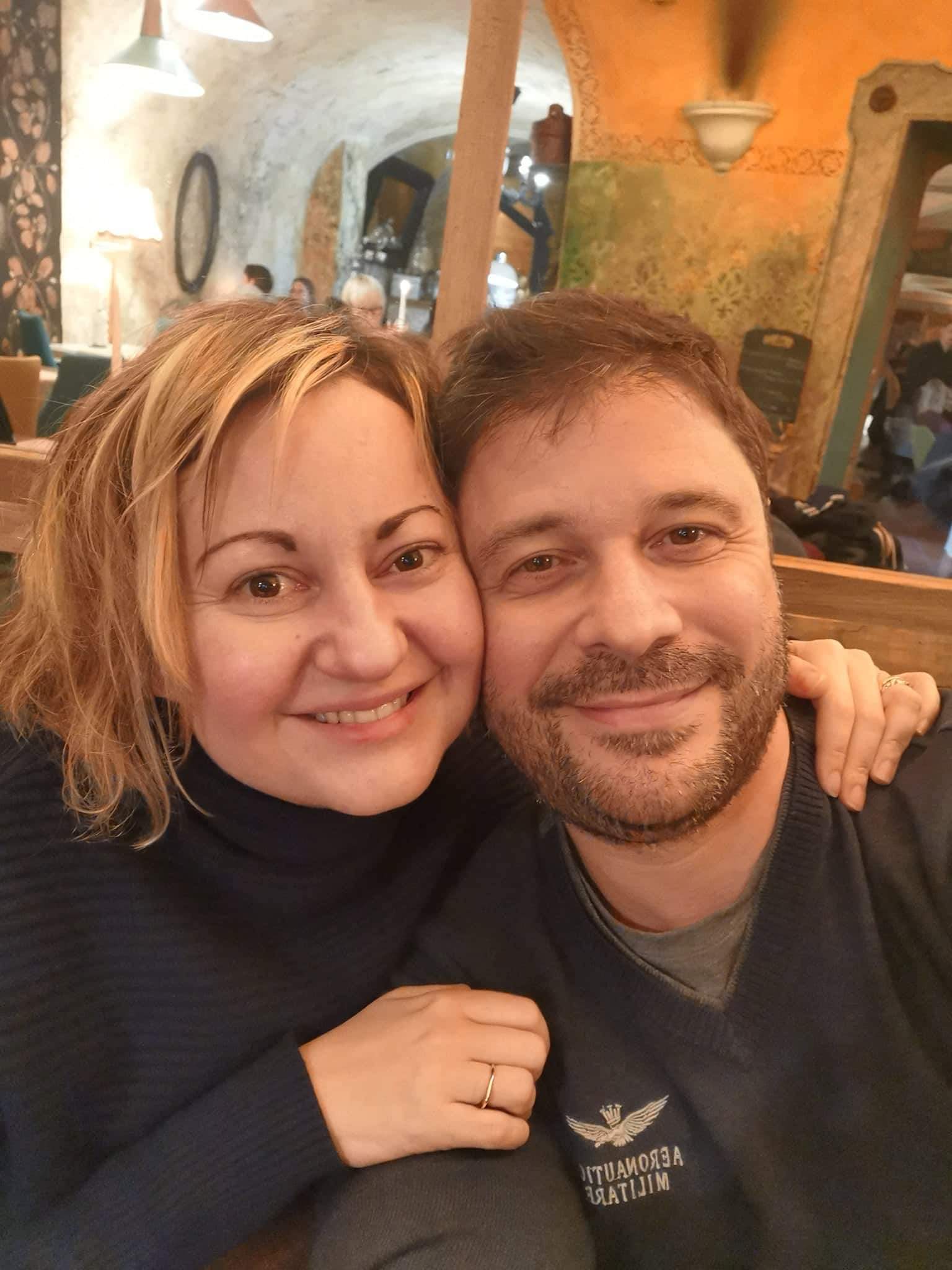 My friend Vlado (Vladimir) was at the hospital with me all the time. His support has been fundamental and helped me maintain my composure and continue to follow my path optimistically.
My friend Vlado (Vladimir) was at the hospital with me all the time. His support has been fundamental and helped me maintain my composure and continue to follow my path optimistically.
Vlado and I started looking again, translating more documents and sending inquiries to all the countries we found to be performing proton therapy. We have received responses from several clinics, but one in particular stood out to us: the Proton Therapy Center in Prague. They always answered the fastest and in the most organized way. Not only via email, but also via phone: they always picked up the phone, which was of great importance to me because there was no TIME.
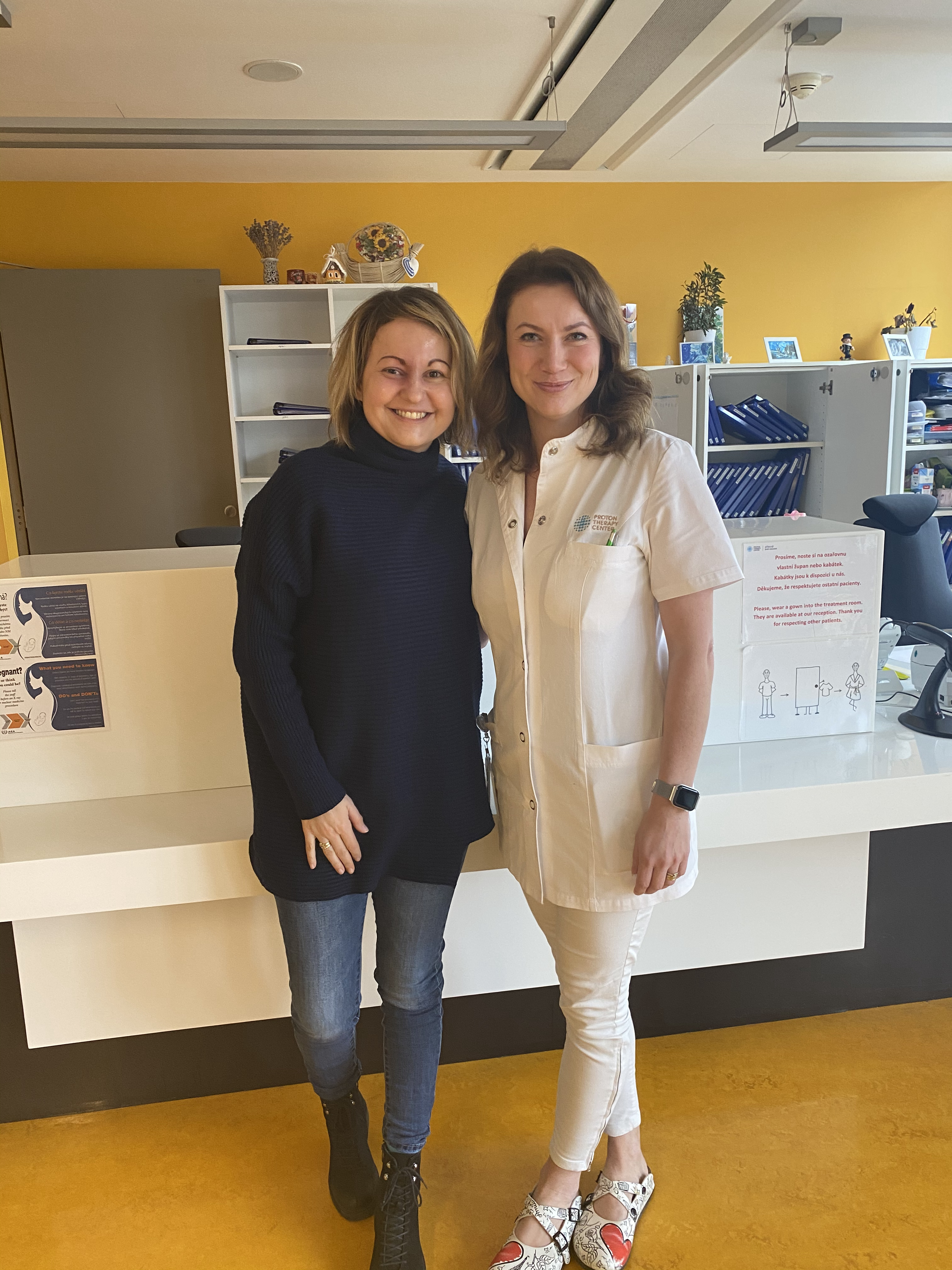 In early December, I visited the Proton Therapy Center for my initial consultation. From the meeting I had there with Dr. Haas, I realized that there was an opportunity to start proton therapy very quickly. However, I first had to obtain the S2 funding (I could not afford the treatment as self-payer). Both Czech Republic (where the clinic is located) and Bulgaria (where I come from) are EU members and the Bulgarian Health Insurance Fund is able to pay for treatment under this agreement.
In early December, I visited the Proton Therapy Center for my initial consultation. From the meeting I had there with Dr. Haas, I realized that there was an opportunity to start proton therapy very quickly. However, I first had to obtain the S2 funding (I could not afford the treatment as self-payer). Both Czech Republic (where the clinic is located) and Bulgaria (where I come from) are EU members and the Bulgarian Health Insurance Fund is able to pay for treatment under this agreement.
I immediately submitted the necessary documents to the National Health Insurance Fund (NHIF) for the allocation of funds for treatment abroad. I had to submit, in addition to all my medical records, an offer from the relevant medical institution regarding the costs and duration of treatment. Again, all necessary documents were provided to me very quickly and accurately by the Proton Therapy Center.
I have received the approval for the S2 funding during Christmas! How not to believe in miracles!
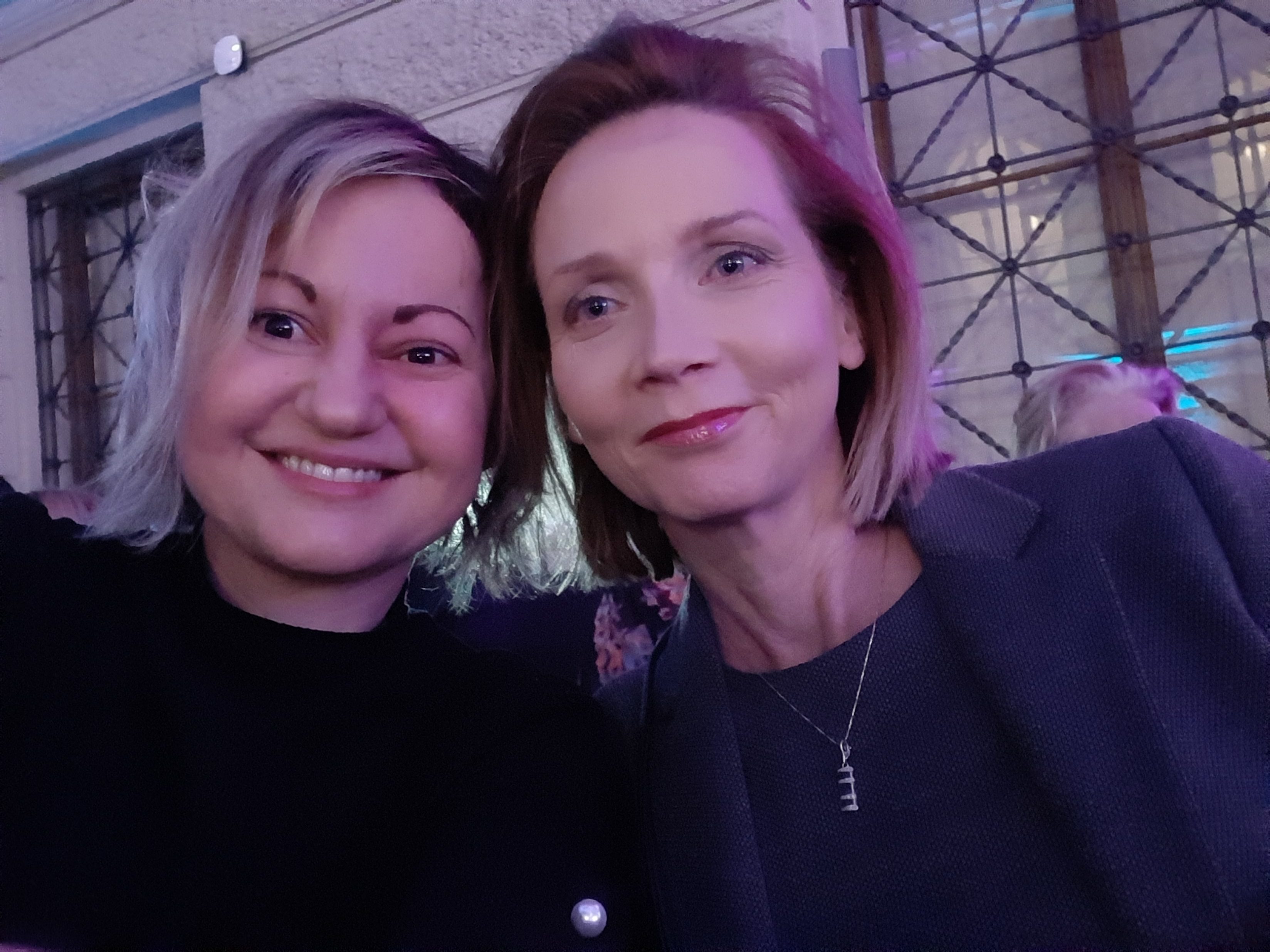 Vlado and I arrived to Prague just before New Year’s. We were met at the airport by a car sent from the Proton Therapy Center. Prior to beginning treatment, it was necessary to prepare the radiotherapy plan, fixation mask, etc. This happened on 12/30/2019.
Vlado and I arrived to Prague just before New Year’s. We were met at the airport by a car sent from the Proton Therapy Center. Prior to beginning treatment, it was necessary to prepare the radiotherapy plan, fixation mask, etc. This happened on 12/30/2019.
During this time, we met Petra and Susi – the girls who coordinated the whole process. I received information from them on everything, even about things beyond treatment! For example, I was invited to attend a gala evening organized by the Nadační Fond Onkologie. There were doctors, patients and healthcare professionals from the Czech Republic. I went with Petra and we had a lot of fun!
And so my treatment began …
The treatment sessions are short and painless, made with the latest and most modern equipment in the world. I had no side effects except for a slight skin redness in the irradiated area. Every week I had a check-up with Dr. Haas, who took care of me during the whole treatment. Every week I also had a control MRI which allowed the doctors to follow my progress very closely.
Dr. Haas always kept me up to date with my progress. I also had a meeting with Dr. Matz, physicist, who helped me better understand the treatment. He also showed me my treatment plan!
In conclusion, I can say that the extremely fast and adequate response I have received from the Proton Therapy Center, as well as the kindness of all people who took care of me there, definitely met my needs! One feels at ease here. In addition, Prague is a city full of fabulous beauty, which is a treat in its own!

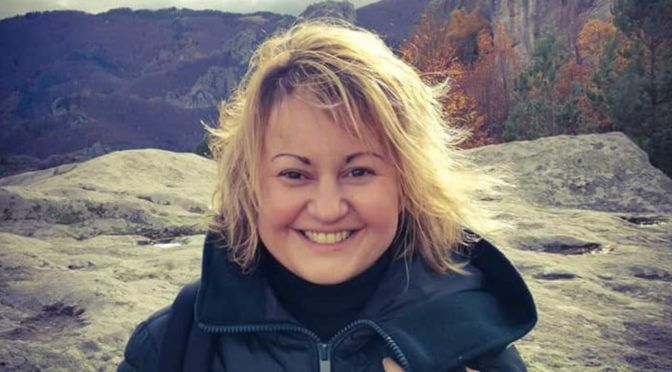
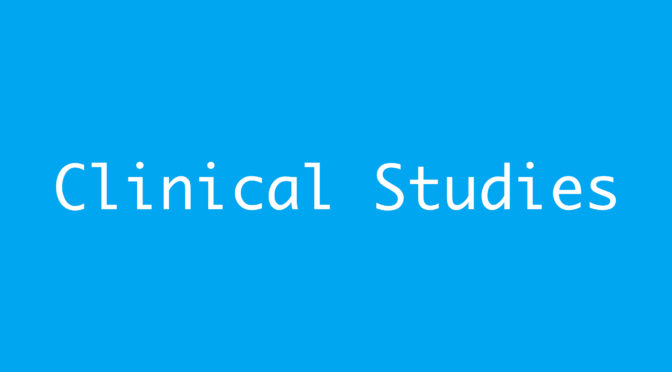

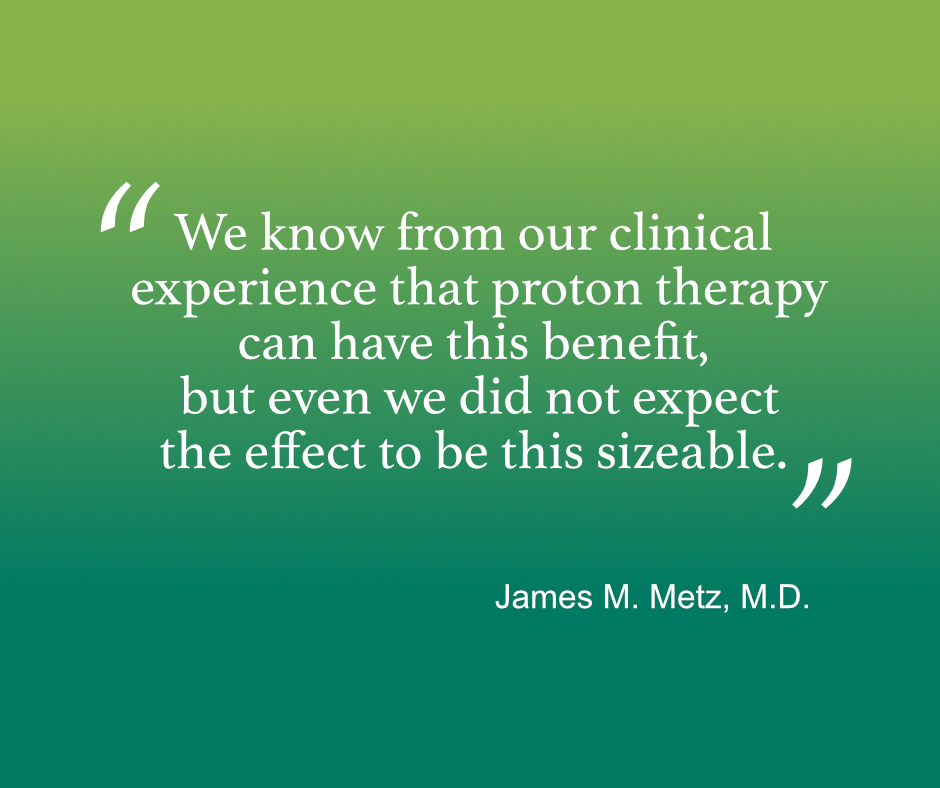 Concurrent chemoradiotherapy can be associated with substantial toxicity, including
Concurrent chemoradiotherapy can be associated with substantial toxicity, including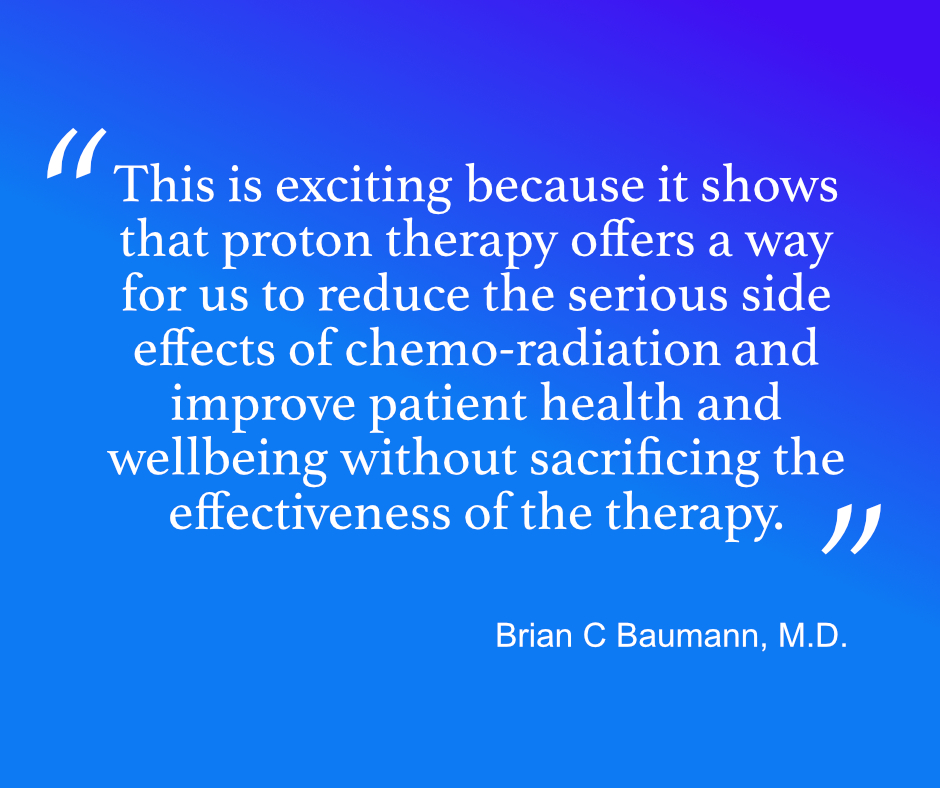 The study comes to a result that compared with photon therapy, proton therapy was associated with a nearly two-thirds reduction in 90-day severe adverse events associated with unplanned hospitalisations. Proton therapy was also associated with significantly lower risk of a decline in Eastern Cooperative Oncology Group (ECOG) performance status and significantly less risk of adverse events causing impairment in patients’ instrumental activities of daily living.
The study comes to a result that compared with photon therapy, proton therapy was associated with a nearly two-thirds reduction in 90-day severe adverse events associated with unplanned hospitalisations. Proton therapy was also associated with significantly lower risk of a decline in Eastern Cooperative Oncology Group (ECOG) performance status and significantly less risk of adverse events causing impairment in patients’ instrumental activities of daily living.